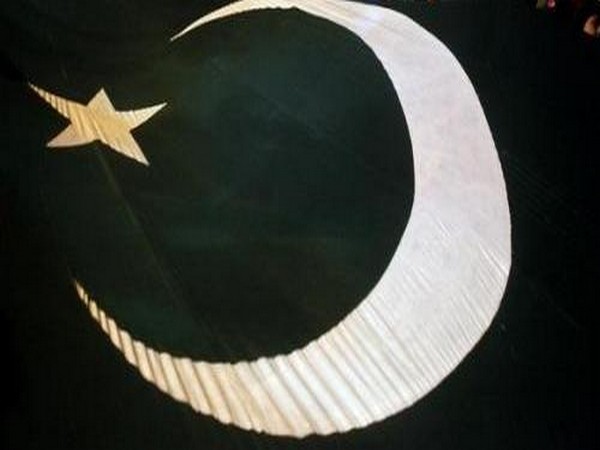While Pakistan’s miserable economic condition was shrouded by the political upheaval in the country over the past few months, the newly-elected Shehbaz Sharif government is now staring at an economic catastrophe not seen for decades, said a media report.
As everyone was fixated on a political war between the former Prime Minister Imran Khan-led government and the then Opposition aided by the army, the economy continued to slip out of hands of policymakers quietly. Now, the new government is bestowed with an economy which is dwindling on almost all parameters.
Pakistan Finance Minister Miftah Ismail, who earlier served as the Federal Advisor on Finance, Chairman of the Pakistan Board of Investment and as an economist with the International Monetary Fund (IMF), has been put to a great test with too many daunting problems facing the country’s economy, reported Islam Khabar.
The major development lenders have slashed Pakistan’s economic growth forecast to 4 per cent, significantly lower than the 4.8 per cent set in the budget 2021-22. Moreover, the IMF in its recent World Economic Outlook (WEO) 2022 has projected the inflation in the country to touch 11.2 per cent against last year’s 8.9 per cent, demonstrating how the economy continues to deteriorate.
According to Pakistani-American economist Atif Mian, the Imran Khan-led government inherited a bad economy, however, he left it in a worse shape with skyrocketing yawning fiscal deficit and current account deficit and zero increase in average income.
Recently, Moody’s projected a current account deficit of USD 12 billion between July 2021 and February 2022, against a USD 1 billion surplus in the same period a year earlier. The agency also highlighted risks for Pakistan’s economy in a fluid political situation and predicted further deterioration in its external position, including widening of the current account deficit and erosion of foreign exchange reserves, according to the media outlet.
According to Dr Aqdas Afzal, Professor of Economics at Habib University, Karachi, rising inflation will be another challenge for the Pakistan government and if the corrective measures are not taken, the country might plunge into a crisis like Sri Lanka.
A massive rise in foreign debt is another concerning issue for Pakistan as the external debt has risen from around USD 95 billion in 2018 to over USD 130 billion. Further, amid foreign exchange reserves declined to a low of USD 11.3 billion, Pakistan needs to repay the foreign debt of around USD 2.5 billion during the ongoing quarter (April-June) of the current fiscal year.
Amid such a critical situation, the policymakers in Pakistan misrepresent the statistics to hide their failures as can be demonstrated by its assessment of foreign debt servicing lowered to the extent of 33 per cent as compared to IMF’s projection, the media outlet reported citing critics.
According to S Akbar Zaidi, Executive Director at the Karachi based International Business Administration, “the responsibility for much of the current mess lies with many governments and the ruling elite of Pakistan, both military and civilian, who have failed their constituencies, their representatives and the people in whose name, and for whom, they claim to govern.”

